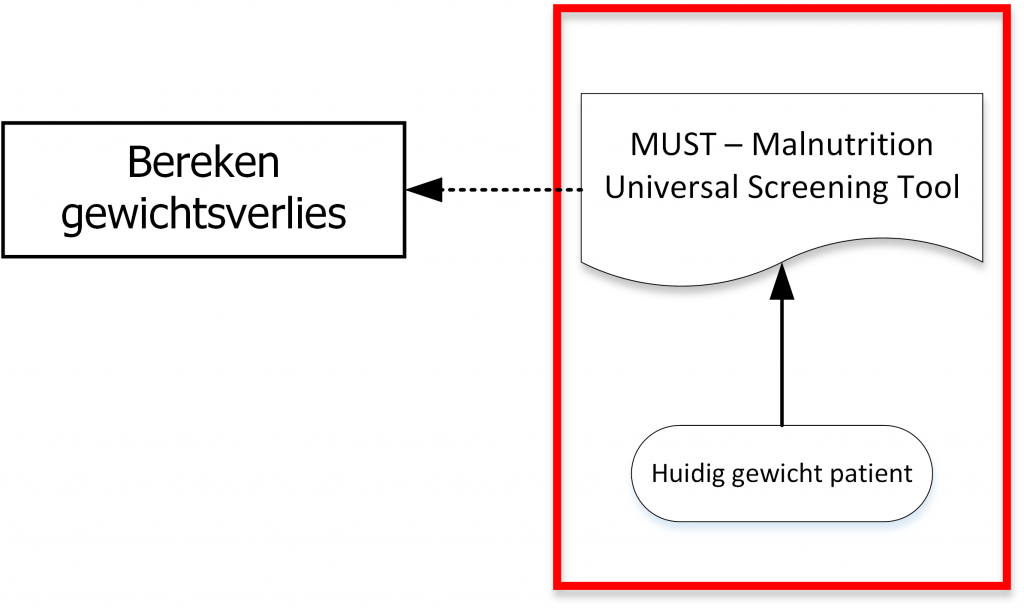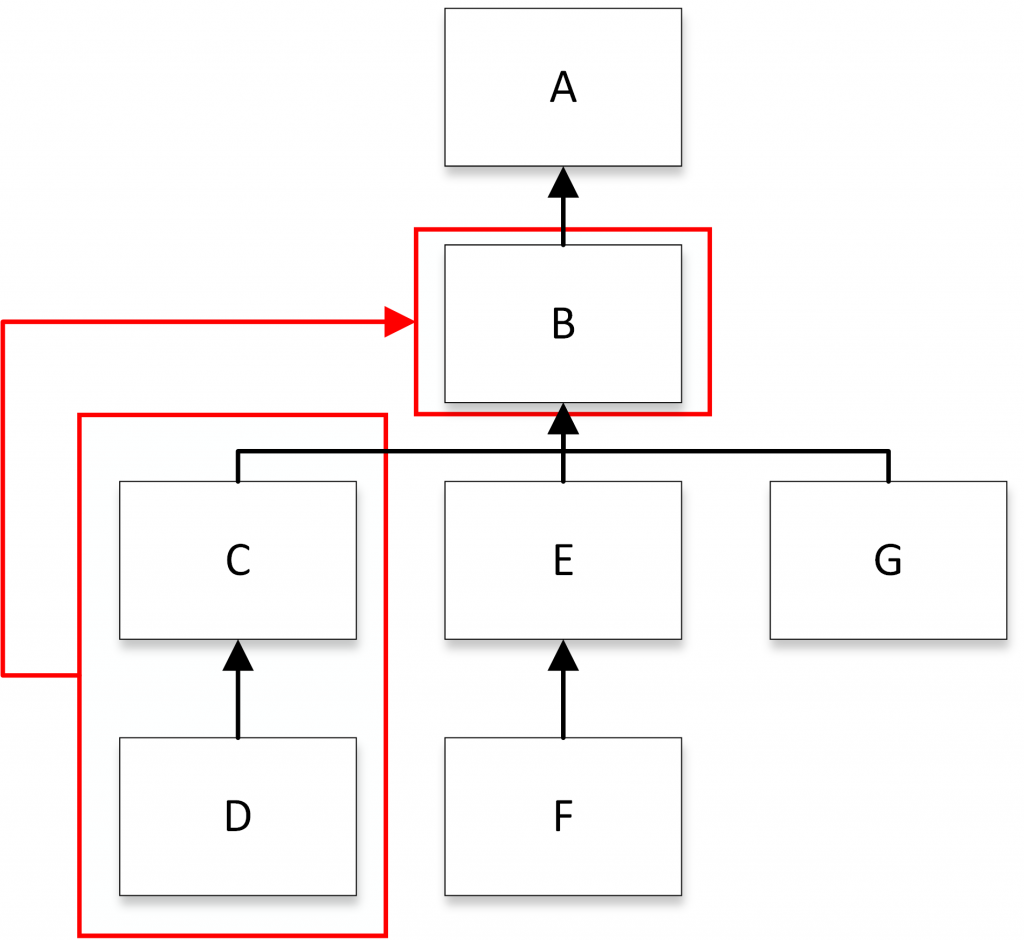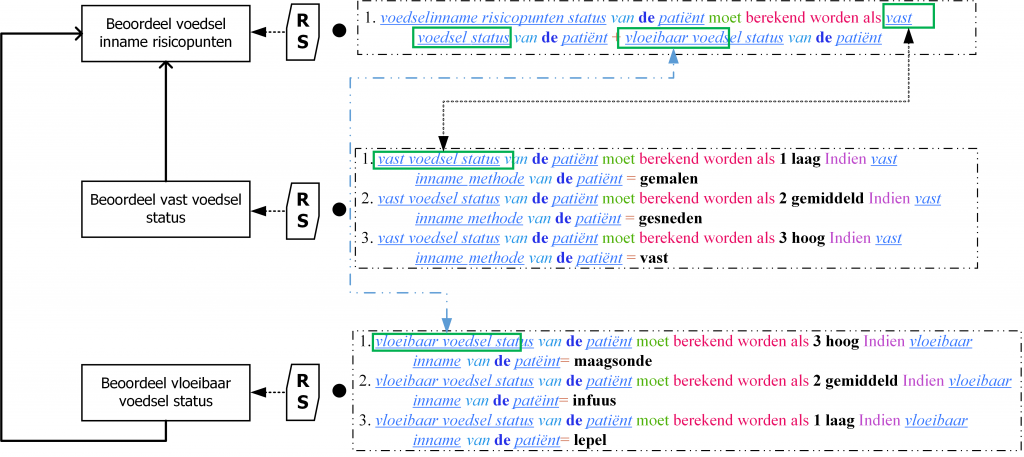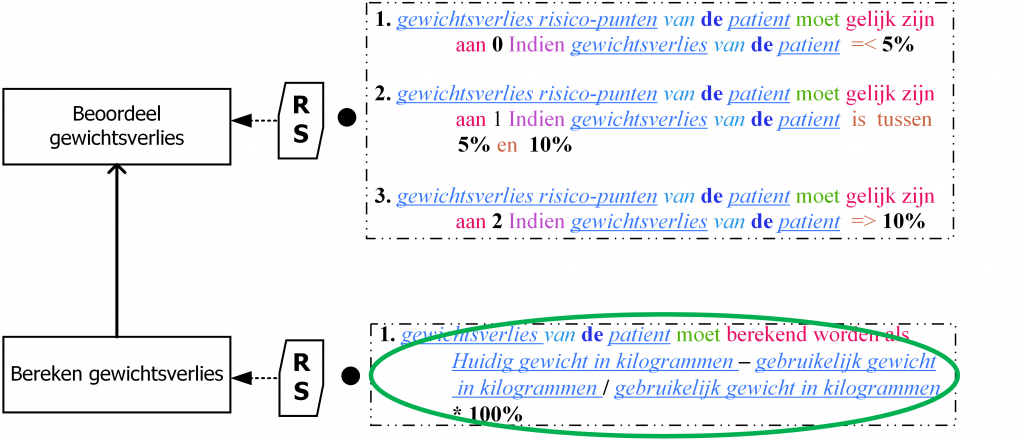This paper presents a cost/benefit analysis method for the normalization of business rules. To determine the economic benefit of business rules normalization three variables are addressed: 1) the number of anomalies a rule set endures, 2) the storage space a rule set requires and the 3) deterioration of rules in response time. The approach is evaluated by means of an experiment, based on mortgage data of an international bank. Results show that the method is useful for determining when to normalize business rule sets; the method enables business rules analysts to produce more cost-effective business rules architectures. In this paper, we re-address and – present our earlier work [1], yet we extended the previous research with more detailed descriptions of the related literature, findings, and results, which provides a grounded basis from which further research on business rules normalization can be conducted.
Authors:
Koen Smit;
Martijn Zoet;
Johan Versendaal.
APA Reference:
Smit, K., Zoet, M., & Versendaal, J. (2018). Identifying Challenges in Business Rules Management Implementations regarding the Elicitation, Design, and Specification Capabilities at Dutch Governmental Institutions, Journal of Information Technology Theory and Application (JITTA). 19 (2).















